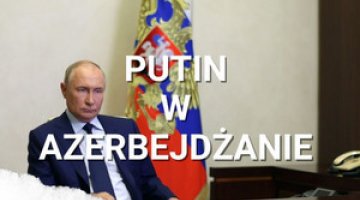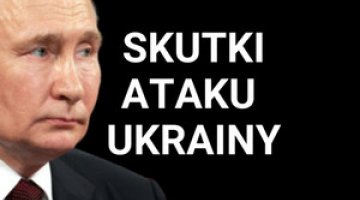Anti-Maidan in Russia – the Kremlin’s new stick to beat the opposition with
An announcement was made in Moscow on 15 January that a social movement called Anti-Maidan has been formed. Its stated goal is to prevent a social revolution in Russia similar to the protests on the Maidan in Kyiv, and also to fight the anti-system opposition. Its founders include pro-Kremlin activists and politicians with nationalist and anti-liberal views, such as Alexander Zaldostanov, also known as the Surgeon (the leader of the nationalist motorcycle club ‘Night Wolves’ who have close ties with President Putin), Dmitry Sablin (a member of the Federation Council, one of the leaders of the Battle Brotherhood, an organisation of war veterans and retired soldiers) and Nikolai Starikov (an opinion-forming journalist and co-founder of Great Fatherland, a party with an imperialist ideology). It has been announced that the organisation will establish branches and training camps across Russia. Although this movement has not yet applied for formal registration, it held rallies in Moscow on 15 and 16 January, during which the activists attacked representatives of the liberal opposition. Russian law enforcement agencies have detained some Anti-Maidan activists, however without legal consequences.
Commentary
- Anti-Maidan is not an independent social project, but an initiative supervised by the Kremlin. Proof of this includes the wide publicity the media have given to the establishment of the movement, its founders’ links with the Kremlin and the permissive reaction of the law enforcement agencies to incidents which activists have been involved in. Further proof of this is the fact that the government has imposed greater scrutiny and used stronger repression towards non-governmental organisations engaged in politics over the past few months. The most recent example of this are the inspections carried out by the Investigative Committee at the central office of the Anti-Corruption Foundation, an independent organisation founded by oppositionist Alexei Navalny tasked with exposing the government’s abuse of power.
- There is nothing new in the idea that the Kremlin establishes organisations which are supposed to imitate civil grassroots activity and affect social processes. For example, the youth movements Nashi (Ours) and the Young Guard, which provided propaganda support to the Kremlin and took part in organising mass events, were formed for this purpose in 2005. However, these organisations did not openly pursue radical action; their activists were only suspected of the use of violence. In turn, one of the Anti-Maidan’s direct goals is to disrupt the activity of the government’s opponents using force. Furthermore, unlike the previous formations which consisted predominantly of young inexperienced people with ideological views not yet fully formed, the new movement is formed of supporters of the present regime, who are ideologically motivated and capable of taking radical action.
- Anti-Maidan will probably be used by the Kremlin to quell protests which may arise due to the deteriorating socio-economic situation. Through the establishment of this movement the government on the one hand has consolidated and directed the activity of its radical supporters and, on the other, it has given permission for this non-governmental organisation to use violence. The government will thus be able to combat its political opponents without state structures being used officially. Since Anti-Maidan has not been formally registered, the government will be able to distance itself from the excesses of its activists. For this reason, Anti-Maidan can be compared to Ukraine’s Titushky, who were hired by the government to harass the protesters on the Maidan and provoke violent confrontations.




